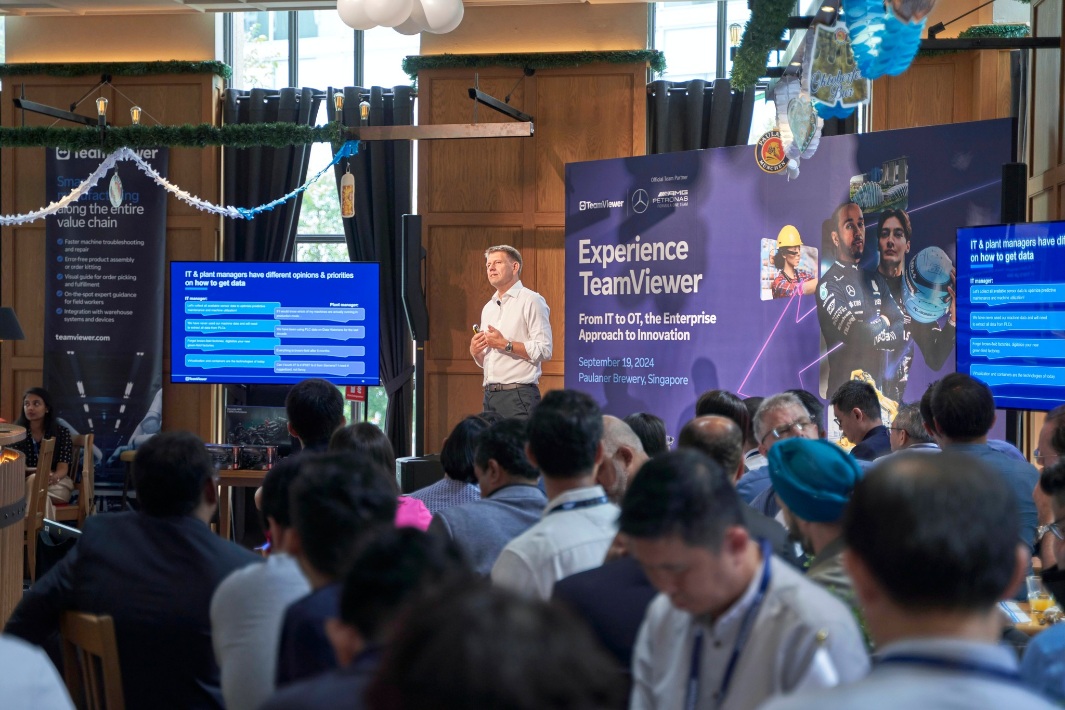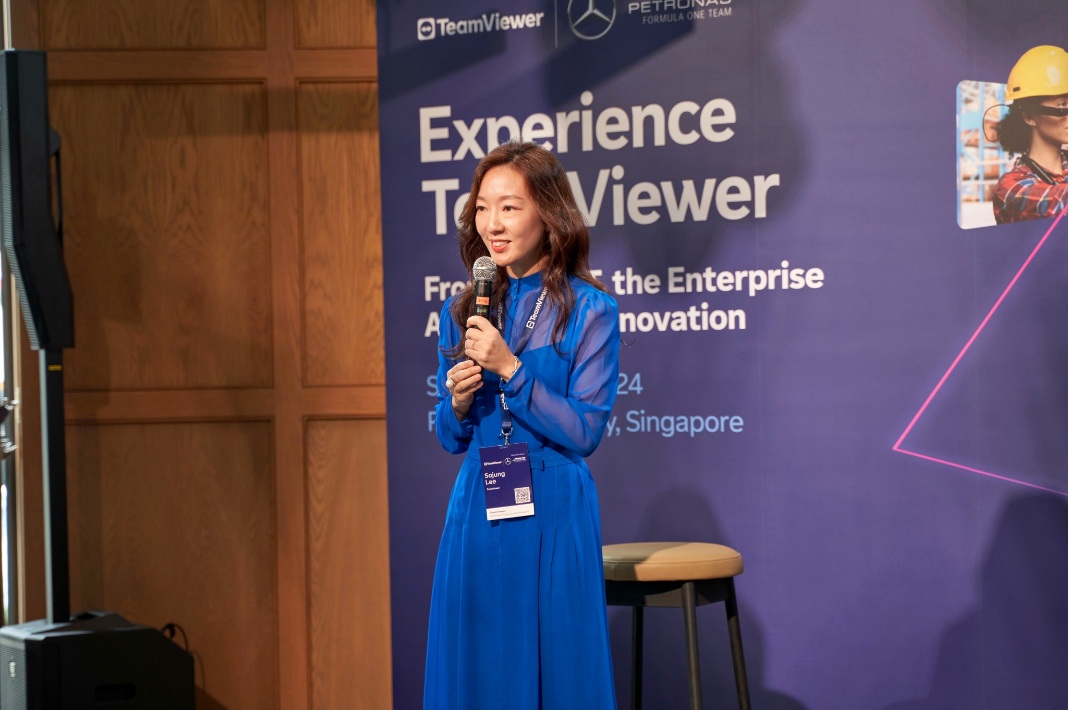As the technological landscape continues to evolve, industries are experiencing transformative shifts that enhance efficiency and foster growth. Innovations such as augmented reality (AR), remote connectivity solutions, and advanced operational technologies are revolutionizing sectors like agriculture, retail, automotive, and manufacturing. These advancements are enabling businesses to adapt to emerging challenges while promoting sustainability, creating a more innovative and interconnected future.
From IT to OT: Enterprise approach to innovation
As digital transformation accelerates, the integration of information technology (IT) and operational technology (OT) is becoming essential for modern industries. Traditionally, IT handled data and communications, while OT managed physical processes in industrial environments. However, advancements in the Internet of Things (IoT), edge computing, and remote connectivity are bridging these silos, reshaping industrial operations.
TeamViewer, a global leader in remote connectivity and digital workplace solutions, showcased this transformation during its Experience Day on September 19 in Singapore, coinciding with the Singapore Grand Prix. CEO Oliver Steil emphasized the importance of bridging the IT-OT gap, highlighting that integrating these technologies can drive growth and improve operational efficiency.

The convergence of IT and OT allows businesses to establish a comprehensive data foundation across entire manufacturing networks, promoting data-driven decision-making and providing real-time production insights.
For example, at Hyundai’s electric vehicle assembly plant in Singapore, TeamViewer’s augmented reality (AR) platform enhances workflow, quality control, and overall efficiency at key assembly stations.
By implementing smart technology, companies can interconnect humans, robots, and logistics, creating smart factories and future-driven warehouses for efficient inventory management.
High-tech applications across various sectors
High-tech solutions are transforming industries by enhancing production efficiency and optimizing human resources. TeamViewer, initially known for its remote IT services, has expanded its focus to a vision of “remote everything,” connecting diverse sectors such as agriculture and Formula 1 through innovative technology. This shift, driven by a growing demand for efficiency and cost reduction, allows industries to harness the potential of any device with computing power.
For instance, TeamViewer’s real-time data analysis technology has significantly improved operations for The Mercedes-AMG Petronas Formula One Team. During races, Mercedes drivers rely on TeamViewer’s software to access critical data in the garage, enabling them to make quick decisions on tire strategy, braking points, and other factors in just seconds.
At the TeamViewer’s Experience Day in Singapore, which was held in conjunction with the Singapore Grand Prix, featuring a special appearance by Mercedes’ seven-time world champion, Sir Lewis Hamilton. At the event, he also shared his experience in using TeamViewer’s products to enhance his and Mercedes-AMG Petronas’s performance on track.
In an interview with The Saigon Times, Sojung Lee, president of TeamViewer APAC, emphasized the impact of augmented reality (AR) solutions. AR, which integrates digital information into a user’s environment in real-time, is proving to be a game-changer for human resource training.

In the ASEAN region, a skilled worker shortage is becoming evident, particularly as older experts retire and younger workers are less inclined to enter sectors like logistics, manufacturing, and agriculture. Innovative training solutions are critical to bridging this gap. A fast-food franchise brand has successfully adopted AR to train employees in complex processes, ensuring food quality and service consistency across multiple outlets. By using AR in smart classrooms, they address training challenges in high-turnover environments, enabling staff to accurately follow necessary procedures for food preparation and preservation.
Similarly, the shift from traditional to smart agriculture relies heavily on high-tech solutions to close the gap between advanced machinery and operator skill levels. Companies like CNHI and John Deere are utilizing co-piloting systems for tractors, allowing less experienced drivers to operate complex equipment more effectively, while also optimizing performance and increasing crop yields.
Augmented reality (AR) technology offers further innovation by delivering dynamic, real-time instructions directly into an employee’s field of vision via smart glasses. This enables workers to receive relevant guidance at each stage of their workflow, proving especially useful for newcomers on a manufacturing line or employees learning new processes.
In another example, remote connectivity solutions for milk and feeding machines in the Netherlands ensure farmers can operate advanced equipment properly, enhancing agricultural operations. As Oliver Steil of TeamViewer noted, while manual, small-scale farming presents limited opportunities for innovation, the automation and efficiency introduced by high-tech solutions can significantly boost productivity on larger farms.
Grasping opportunities for growth
In today’s rapidly evolving technological landscape, Vietnam stands to benefit significantly by collaborating with global tech leaders to drive sustainable growth. The Vietnamese market holds considerable potential, particularly as ASEAN emerges as a hub for technological innovation.
The broader Asia-Pacific region is experiencing a digital transformation, with countries like Indonesia and the Philippines already advancing in the adoption of new technologies. While some nations have historically lagged behind, there is increasing awareness of the importance of a digital agenda, leading to renewed focus on technological investments.
To harness this potential, Vietnam must prioritize the development of a comprehensive digital agenda that encourages technological investment across various sectors. As businesses focus on improving customer experiences through digital tools, the integration of cutting-edge solutions will become crucial. By fostering a forward-thinking approach to technology and innovation, Vietnam can accelerate its digital transformation and establish itself as a leader in the Asia-Pacific region.
Seizing these opportunities will require a strong commitment to developing skills and infrastructure, allowing Vietnam to fully tap into its potential in the global market.









